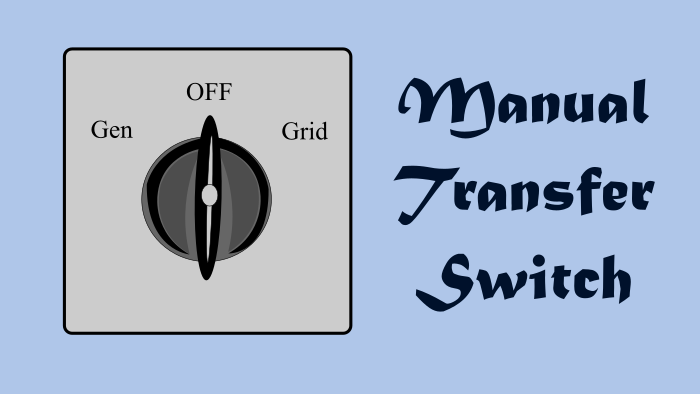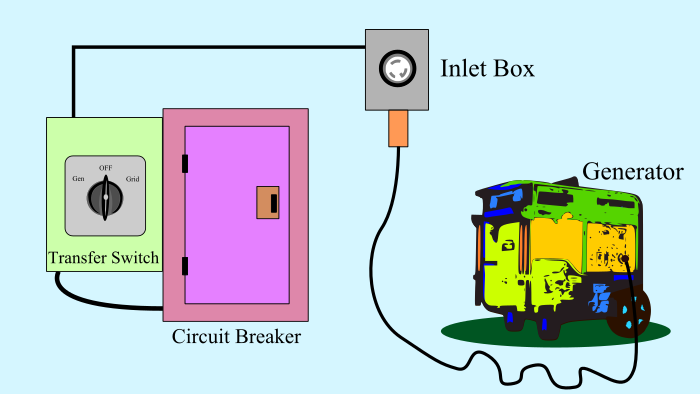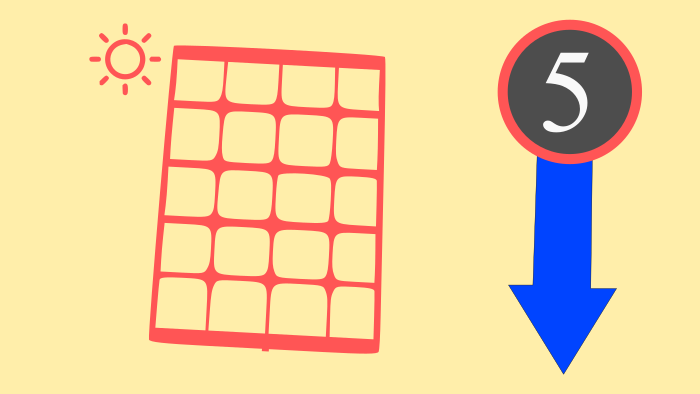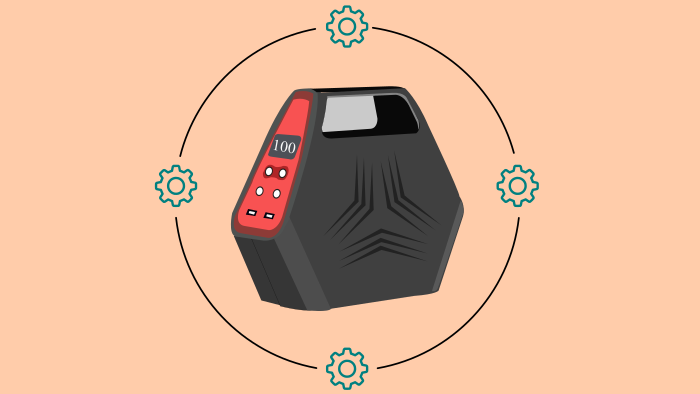The transfer switch is a device installed inside the house next to the main circuit breaker that provides safe backup power from secondary sources when the grid fails for whatever reason.
Transfer switches are used to connect secondary power sources to circuits of the home or office that are wired into the electrical system. In times of power outages, the switch is designed to accept the full power of a generator, allowing it to run multiple devices simultaneously. It ensures safe backup power in an outage without having to worry about the utility lines back feeding.
What is a transfer switch?
Transfer switches transfer electricity from the grid to the generator or from the generator to the grid depending upon the situation.
Working Principle Of Transfer Switches
An automatic transfer switch tells the generator to start when power is shut off from the main supply, and transfers the load from the main supply to the generator when a stable supply is detected.
Once the grid supply is restored, the switch tells the generator to turn off and the home’s load is transferred to the main supply.
The manual transfer switch has three states: Gen, off, and Grid. On the Gen and Grid positions, you will see the load on the grid and generator, and in the middle, you will see the power off mode.
In the event of an outage, the operator must move the switch to the middle position and start the generator. When there is a stable generator supply, the operator moves the switch in the direction of the generator. When power is restored, the load can be easily transferred from the generator to the grid and the generator could be turned off.
Types of transfer switch
In the market, there are two types of transfer switches:
1-Automatic Transfer Switch (ATS)

In the event of an outage, these switches automatically transfer the load from the grid to the generator and vice versa.
2-Manual Transfer Switch (MTS)

The operator of this transfer switch must manually transfer load from generator to grid and from grid to generator.
Why an automatic transfer switch instead of a manual one?
With an automatic transfer switch, you can switch loads from generator to grid or grid to generator without having to worry, but with a manual transfer switch, you have to do extra work.
Why do we need a transfer switch for the generator?
Transfer switches connect your electrical appliances at home to the generator and the grid. You can power multiple appliances in your electrical wiring with backup power without worrying about grid supply re-feeding.
Can I run a generator without a transfer switch?
You can, but you are limited to powering your appliances using an external cord. If you want to power more than one device from the generator, you must purchase an external cord, and you cannot power anything wired in your electrical wiring, such as heaters.
Is a transfer switch required for standby generators?
Standby generators come with automatic transfer switches, but portable generators require you to install them along the circuit.
Can I install a transfer switch myself?
If you have some knowledge of electrical wiring and follow the instructions provided by the maker of the transfer switch, you can install the transfer switch yourself.
References:
1-Why a Portable Generator Needs a Transfer Switch?
2–Purpose of Transfer Switch
3–Transfer Switch



